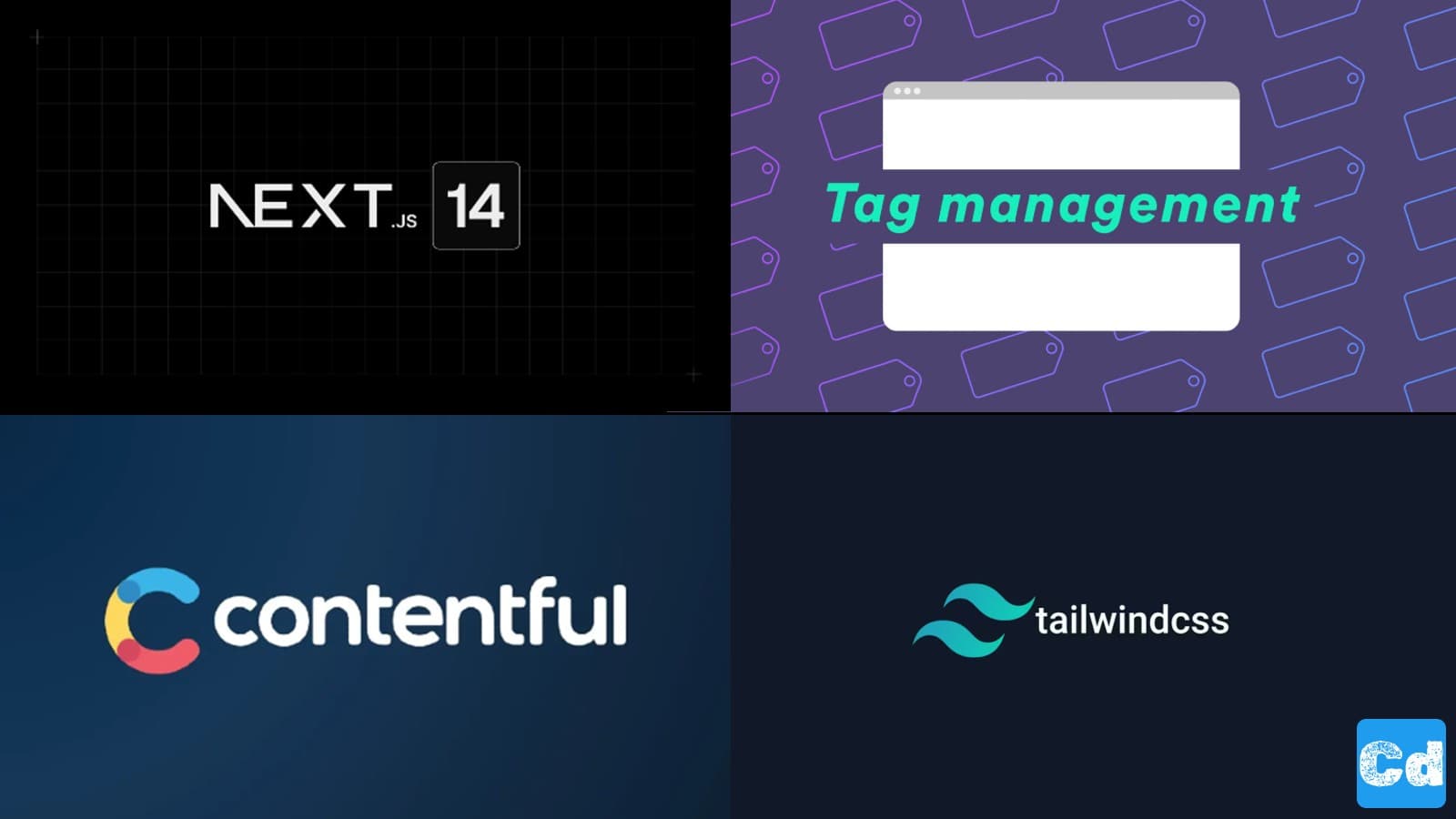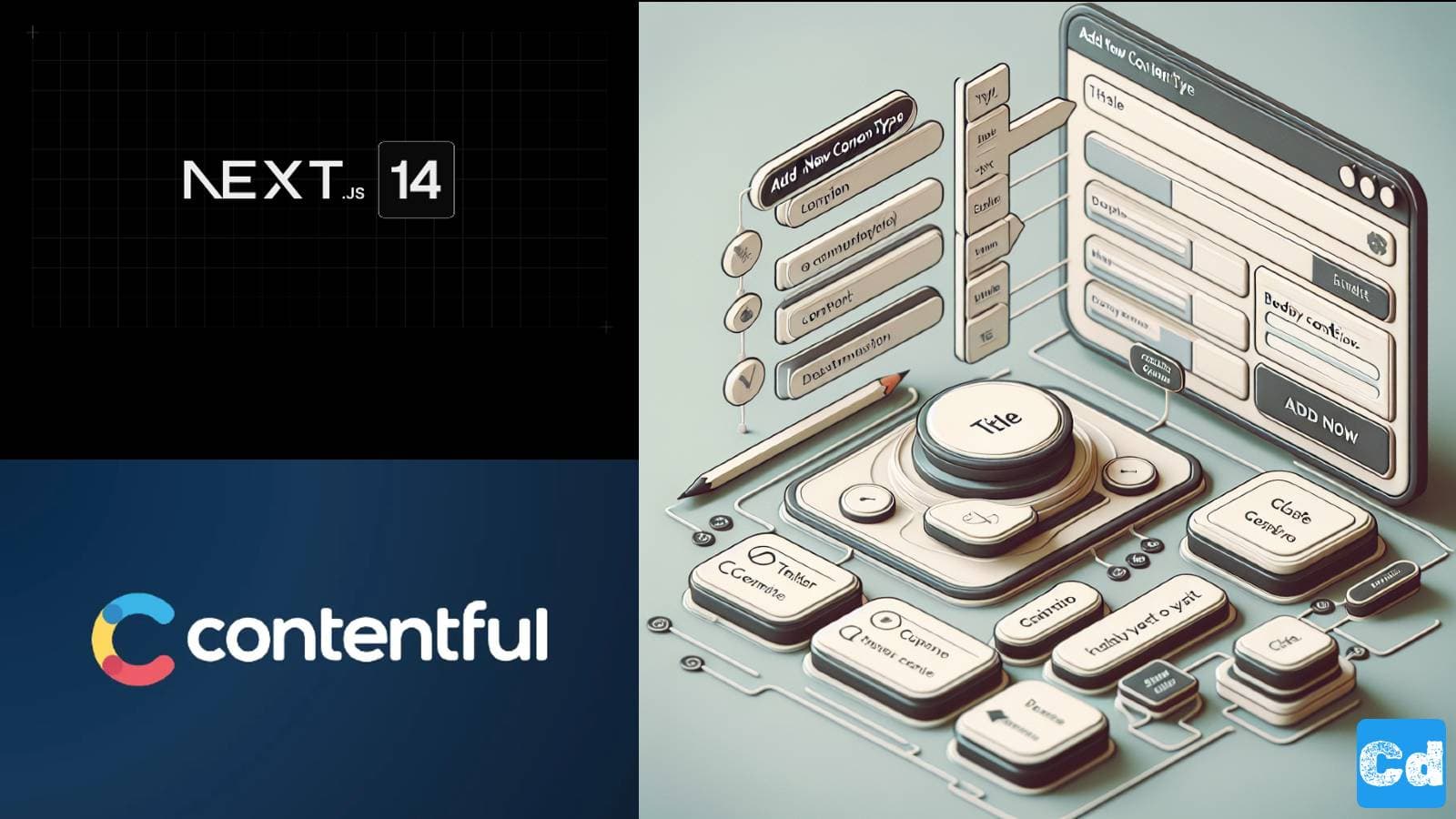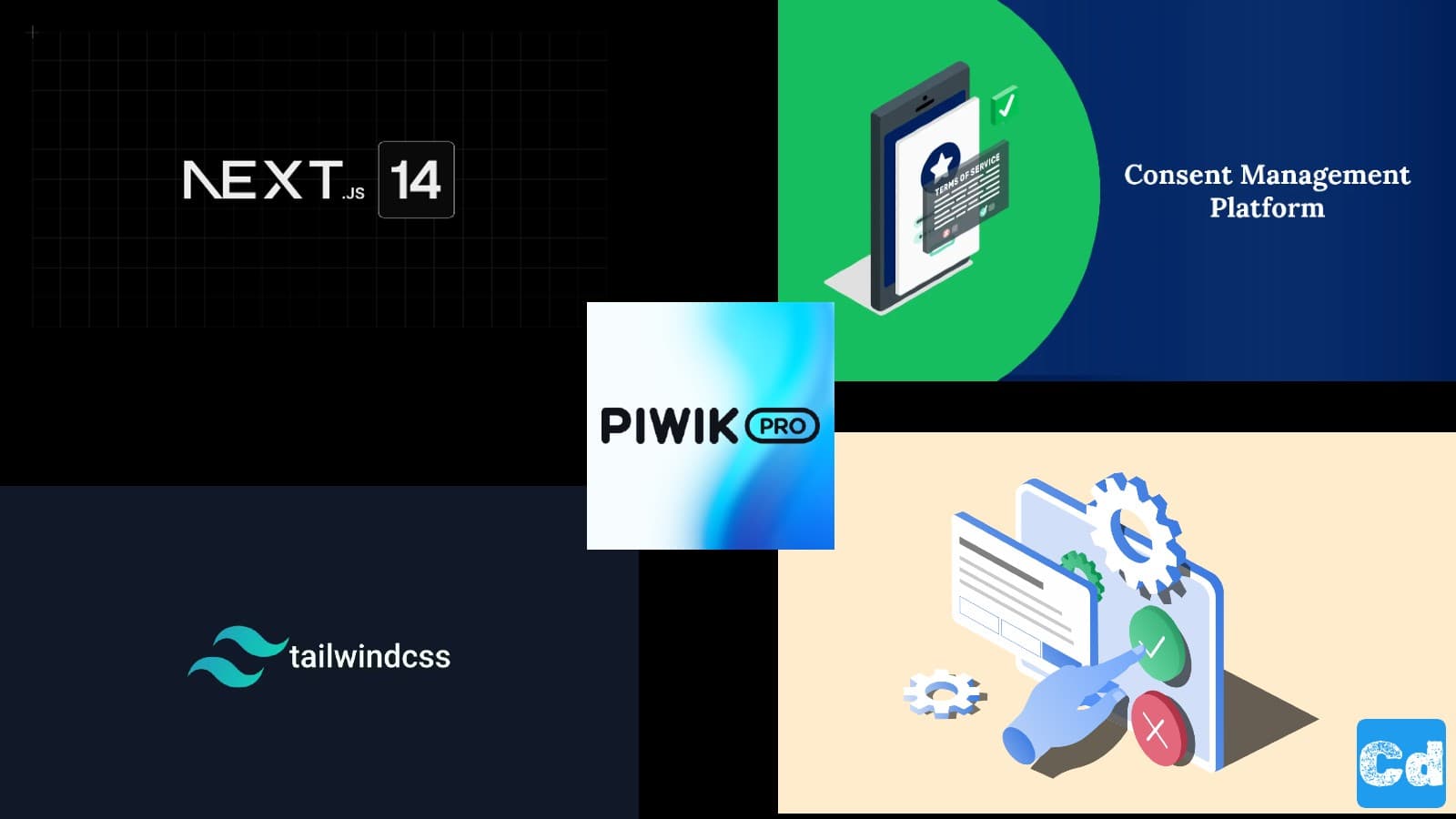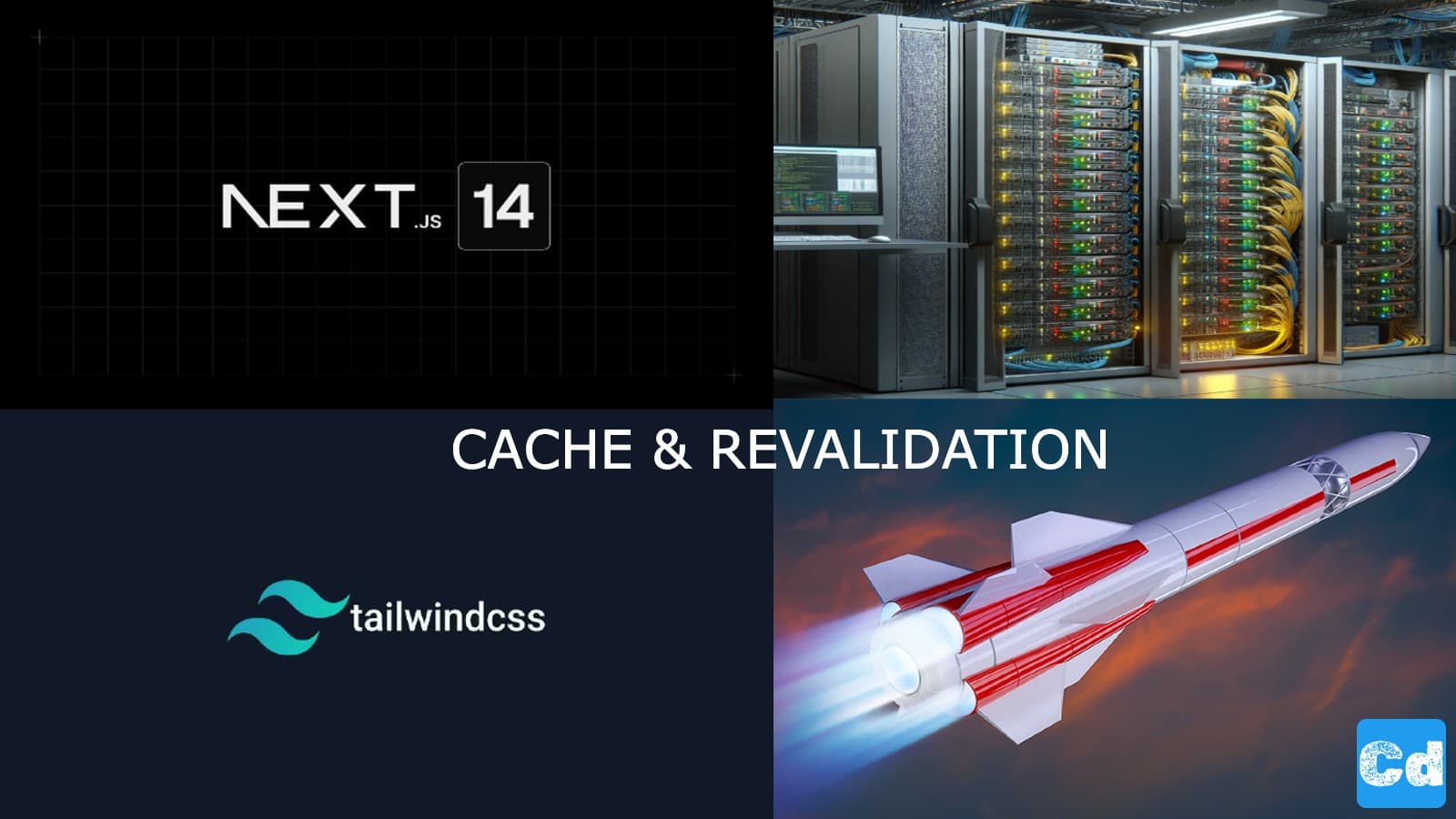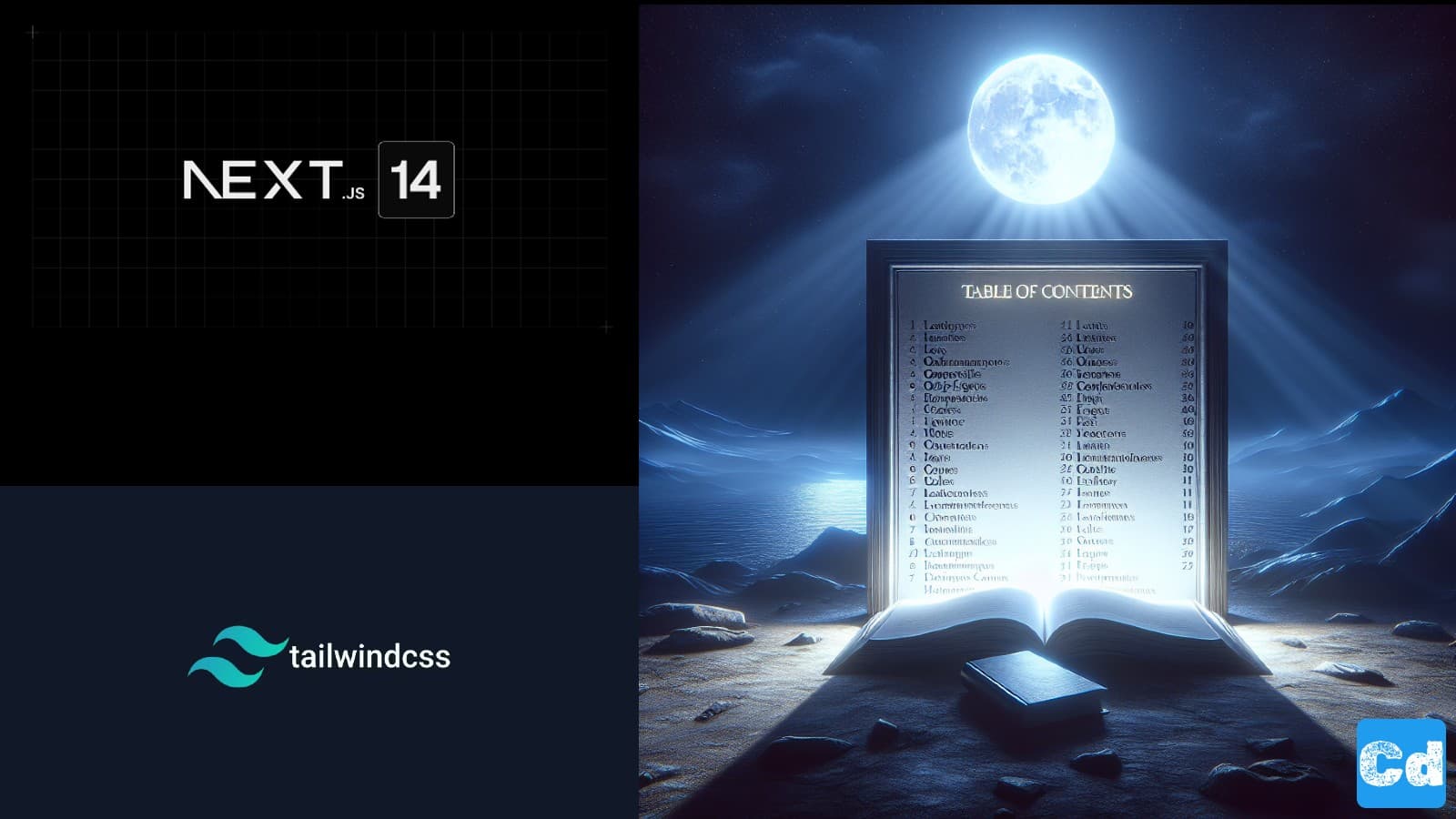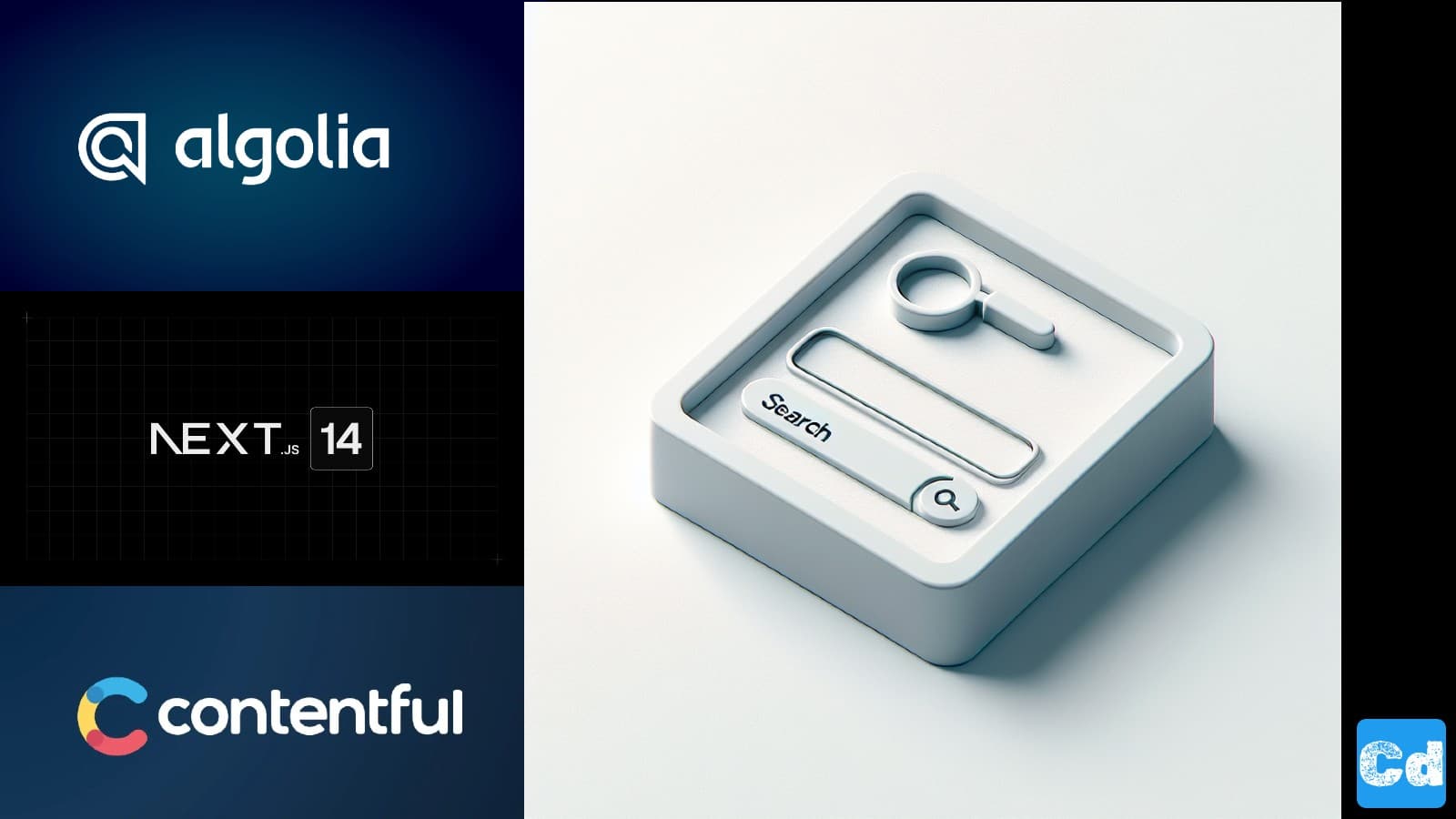Table of Contents
- Is Contentful the Right CMS for Next.js? A Comprehensive Analysis
- Overview of Contentful and Next.js
- Comparing Contentful with Other Headless CMS Options
- Integration of Contentful with Next.js
- Advantages of Using Contentful for Next.js
- Limitations and Considerations
- Case Studies and Examples
- Best Practices for Contentful and Next.js Integration
- Conclusion
- Cloudapp-dev, and before you leave us
Is Contentful the Right CMS for Next.js? A Comprehensive Analysis
Contentful and Next.js are two popular tools in the world of web development. Contentful is a content management system (CMS) that allows users to create, manage, and publish digital content. Next.js is a popular framework for building server-side rendered React applications. As more and more developers turn to Next.js for their web development needs, it is natural to wonder if Contentful is the right CMS for Next.js.
While there is no one-size-fits-all answer to this question, there are a few factors to consider when deciding if Contentful is the right CMS for Next.js. One important factor is the level of customization required for a particular project. Contentful offers a high degree of flexibility and customization, which can be a good fit for complex projects that require a lot of customization. However, this flexibility can also be overwhelming for simpler projects that don't require as much customization.
Another factor to consider is the ease of integration between Contentful and Next.js. Contentful offers a Next.js SDK that makes it easy to integrate the CMS with a Next.js application. This can save developers time and effort, and make it easier to get up and running quickly. However, there may be other CMS options that offer even easier integration with Next.js, depending on the specific needs of a project.
Overview of Contentful and Next.js
Contentful is a headless content management system (CMS) that enables developers to create, manage, and deliver digital content across various channels and platforms. It provides a flexible and scalable infrastructure for content creation and delivery, making it an ideal choice for Next.js applications.
Next.js is a popular React-based framework for building server-side rendered (SSR) and static websites. It offers a range of features such as automatic code splitting, optimized performance, and serverless deployment, making it a powerful tool for building modern web applications.
Together, Contentful and Next.js provide a robust and efficient solution for content management and delivery. Contentful's API-first approach allows developers to easily integrate content into their Next.js applications, while Next.js provides a fast and reliable platform for delivering that content to users.
One of the main benefits of using Contentful with Next.js is the ability to create and manage content independently of the frontend code. This allows developers to focus on building the front end of their application without worrying about the backend infrastructure. Additionally, Contentful's content modeling capabilities enable developers to create structured content that can be easily reused across multiple pages and applications.
Overall, Contentful and Next.js are powerful for building modern web applications. By leveraging the strengths of both platforms, developers can create dynamic and engaging websites that are easy to manage and scale.
Comparing Contentful with Other Headless CMS Options
Features
Contentful stands out among other headless CMS options when it comes to features. It offers a wide range of features, such as content modeling, content preview, and localization. Its user interface is intuitive and easy to use, allowing users to manage content easily.
Other popular headless CMS options, such as Strapi and Ghost, also offer a good range of features, but they may not be as comprehensive as Contentful. Strapi, for example, lacks a content preview feature, while Ghost does not offer a built-in content modeling tool.
Performance
Performance is an important factor to consider when choosing a headless CMS. Contentful has a reputation for being fast and reliable, thanks to its cloud-based infrastructure. It also has a global content delivery network (CDN) that ensures content is delivered quickly to users worldwide.
Other headless CMS options such as Directus and Sanity also offer good performance. However, they may not be as fast as Contentful due to differences in their infrastructure.
Scalability
Scalability is another important factor to consider when choosing a headless CMS. Contentful offers excellent scalability, allowing users to handle large amounts of content without any issues. It also offers a wide range of integrations with other tools and platforms, making it easy to scale up as needed.
Other headless CMS options, such as Strapi and Ghost, also offer good scalability. However, they may not be as flexible as Contentful when it comes to integrations and customizations.
Overall, Contentful is a solid choice for those looking for a comprehensive and reliable headless CMS. While other options may offer similar features and performance, Contentful's scalability and flexibility make it stand out among the competition.
Integration of Contentful with Next.js
Contentful is a popular CMS that provides a user-friendly interface for creating and managing content. It is also a great choice for developers who want to integrate their CMS with Next.js, a powerful React-based framework for building server-side rendered web applications.
Setup and Configuration
Integrating Contentful with Next.js requires some initial setup and configuration. Developers need to create a Contentful account and set up a new space for their project. They also need to install the Contentful JavaScript SDK and set up environment variables to access the API keys for their space.
Once the setup is complete, developers can use the Contentful API to fetch content from their space and render it in their Next.js application. This allows for a dynamic and flexible approach to content management, as changes made in Contentful are immediately reflected in the Next.js application.
Dynamic Routing
Next.js allows for dynamic routing, which means that pages can be generated based on the content fetched from Contentful. This allows for a more personalized user experience, as pages can be tailored to the specific content being displayed.
Developers can use the Contentful API to fetch specific content and generate dynamic routes for their Next.js application. This allows for a more efficient and streamlined approach to content management, as developers can focus on creating content rather than worrying about how it will be displayed.
Static Site Generation (SSG)
Next.js also supports static site generation (SSG), which means that pages can be pre-built and served as static HTML files. This approach is ideal for websites with a lot of static content, as it allows for faster load times and better SEO.
Contentful can be integrated with Next.js to support SSG, allowing developers to pre-build pages based on the content fetched from Contentful. This approach is efficient and scalable, as it allows for a large number of pages to be generated quickly and easily.
In conclusion, integrating Contentful with Next.js is a powerful combination that allows for efficient and flexible content management. With dynamic routing and static site generation, developers can create personalized and scalable web applications that are easy to manage and maintain.
Advantages of Using Contentful for Next.js
Contentful is a content management system (CMS) that has several advantages for developers who are building websites or applications using Next.js. Some of the key advantages of using Contentful for Next.js include:
Content Delivery API
One of the biggest advantages of using Contentful for Next.js is the Content Delivery API (CDA). The CDA allows developers to easily retrieve content from Contentful and use it in their Next.js application. This means that developers can create dynamic, data-driven websites and applications without having to worry about managing the content themselves.
Localization Support
Another advantage of using Contentful for Next.js is its localization support. Contentful allows developers to create content in multiple languages and easily manage translations. This is particularly useful for websites and applications that need to support users in different regions or countries.
Content Modeling
Contentful also has a powerful content modeling system that allows developers to define the structure of their content. This means that developers can create custom content types with fields that are specific to their application. This makes it easier to manage and organize content, and ensures that the content is consistent across the entire application.
Overall, Contentful is a powerful CMS that has several advantages for developers who are building websites and applications using Next.js. Its Content Delivery API, localization support, and content modeling system make it a great choice for developers who want to create dynamic, data-driven applications without having to worry about managing the content themselves.
Limitations and Considerations
Cost Implications
One of the main limitations of using Contentful as a CMS for Next.js is the cost. While Contentful offers a free plan, it has limitations, such as a limited number of content types and entries. To fully utilize Contentful's features, users need to subscribe to one of their paid plans. The cost of these plans can be a significant consideration for small businesses or individuals.
Learning Curve
Another consideration is the learning curve required to use Contentful effectively. While Contentful's interface is intuitive, it can take some time to understand its features fully. Additionally, to use Contentful with Next.js, users need to have a good understanding of both technologies, which can be a challenge for those who are new to web development.
Customization Constraints
Contentful offers a limited number of customization options out of the box. While it is possible to customize Contentful's interface using its API, this requires a high level of technical expertise. Contentful may not be the best choice for users who need a high degree of customization.
In summary, while Contentful is a powerful CMS that integrates well with Next.js, there are some limitations and considerations to remember. The cost of using Contentful's paid plans, the learning curve required to use it effectively, and the limited customization options may make it less suitable for some users.
Case Studies and Examples
Real-World Implementations
Contentful has been used by various companies for their Next.js projects. One notable example is the website of the popular coffee chain Starbucks. The Starbucks website uses Next.js as its front end and Contentful as its CMS. This combination allows Starbucks to easily manage its website's content and deliver a fast and responsive experience to its customers.
Another example is the website of the fashion brand Hugo Boss. Hugo Boss uses Next.js and Contentful to manage its website's content and deliver a seamless shopping experience to its customers. The combination of Next.js and Contentful allows Hugo Boss to easily manage its product catalog and deliver a fast and responsive website.
Performance Benchmarks
Next.js is known for its fast performance, and Contentful is no exception. Contentful has been optimized for Next.js, resulting in even faster performance. According to a benchmark test conducted by Contentful, a Next.js website using Contentful as its CMS had a load time of under 1 second, even with a large amount of content.
Furthermore, Contentful's API-first approach allows for efficient content delivery, ensuring that websites built with Next.js and Contentful are always fast and responsive. Contentful is a great choice for companies looking to build high-performing websites with Next.js.
Best Practices for Contentful and Next.js Integration
Content Structure
When integrating Contentful with Next.js, it is important to ensure the content structure is well-organized. This means creating a clear hierarchy of content types, fields, and entries. Utilizing Contentful's modular content feature can also help to create a more flexible and reusable content structure.
Additionally, it is recommended to use the Contentful webhooks feature to automatically trigger a rebuild of the Next.js site whenever new content is published. This ensures that the site is always up-to-date with the latest content changes.
Asset Management
Proper asset management is crucial for a successful Contentful and Next.js integration. Optimizing images and other media assets for web performance is important to ensure fast load times. Utilizing the Contentful image API can help to automatically resize and optimize images on the fly.
In addition, it is recommended to use a CDN (content delivery network) to cache and serve assets to users. This can significantly improve website performance and user experience.
SEO Optimization
SEO (search engine optimization) is an important consideration for any website. When integrating Contentful and Next.js, it is important to ensure that the site is properly optimized for search engines.
This includes using descriptive and relevant meta tags, optimizing URLs and page titles, and ensuring that the site is mobile-friendly. Utilizing Contentful's SEO features, such as the ability to add custom meta tags and descriptions, can also help to improve search engine visibility.
By following these best practices for integrating Contentful and Next.js, developers can ensure a seamless and optimized integration that provides a great user experience.
Conclusion
In conclusion, Contentful appears to be a suitable CMS for Next.js developers. Its flexible content modeling and powerful API make managing and delivering content across multiple channels easy. The platform's content preview feature allows developers to preview their content in real time before publishing it.
Contentful's integration with Next.js provides a seamless workflow for developers, allowing them to easily create and manage content within their familiar development environment. The platform's support for multiple languages and locales makes it ideal for businesses with a global presence.
However, it is important to note that Contentful is not the only CMS that integrates with Next.js. Other CMS platforms such as Strapi and Sanity also offer similar features and benefits. Ultimately, the choice of CMS will depend on the specific needs and requirements of the project.
Overall, Contentful's ease of use, flexibility, and powerful API make it a strong contender for Next.js developers looking for a reliable and efficient CMS.
Cloudapp-dev, and before you leave us
Thank you for reading until the end. Before you go:
Please consider clapping and following the writer! 👏 on our Medium Account

